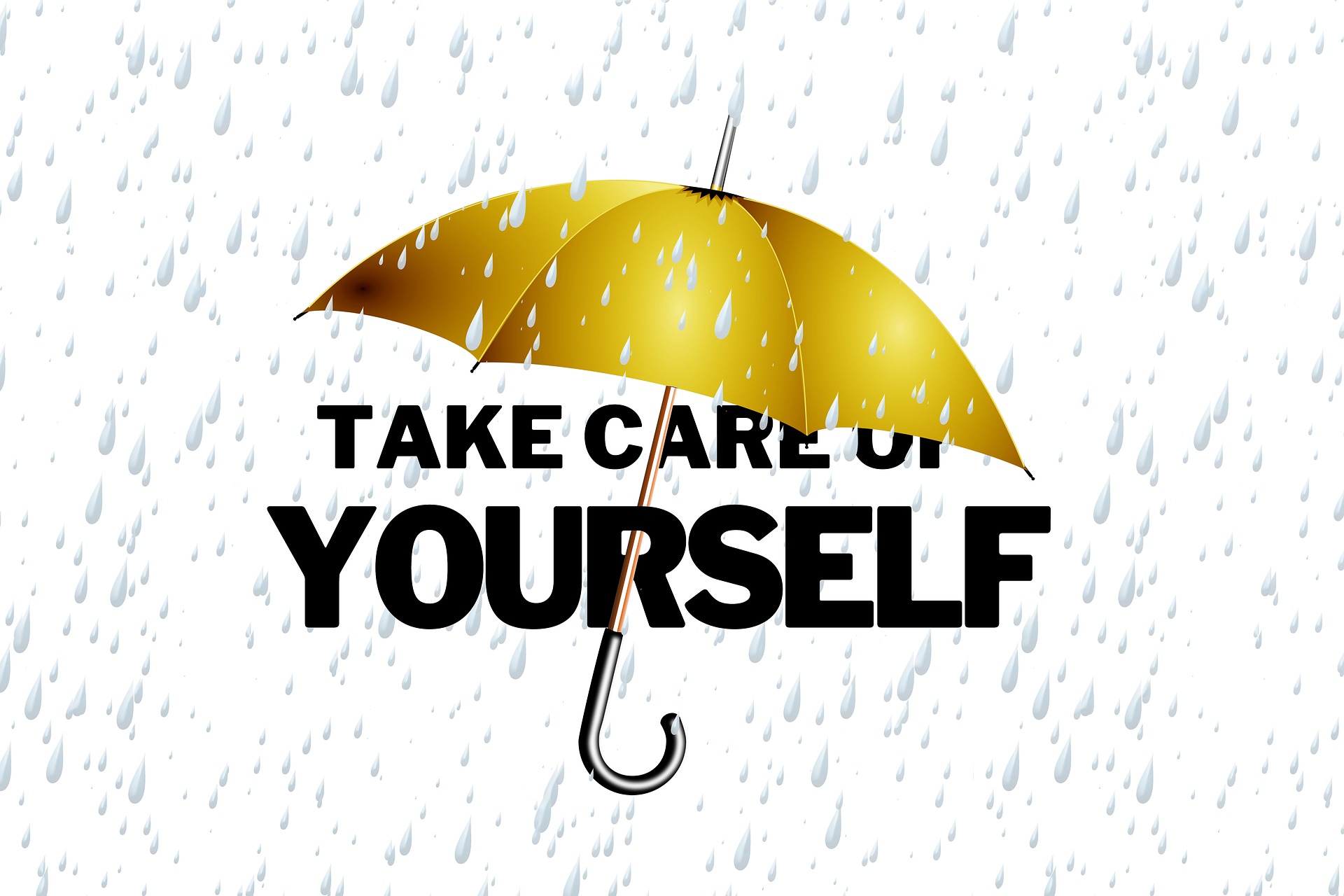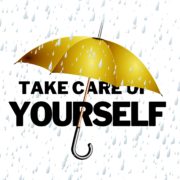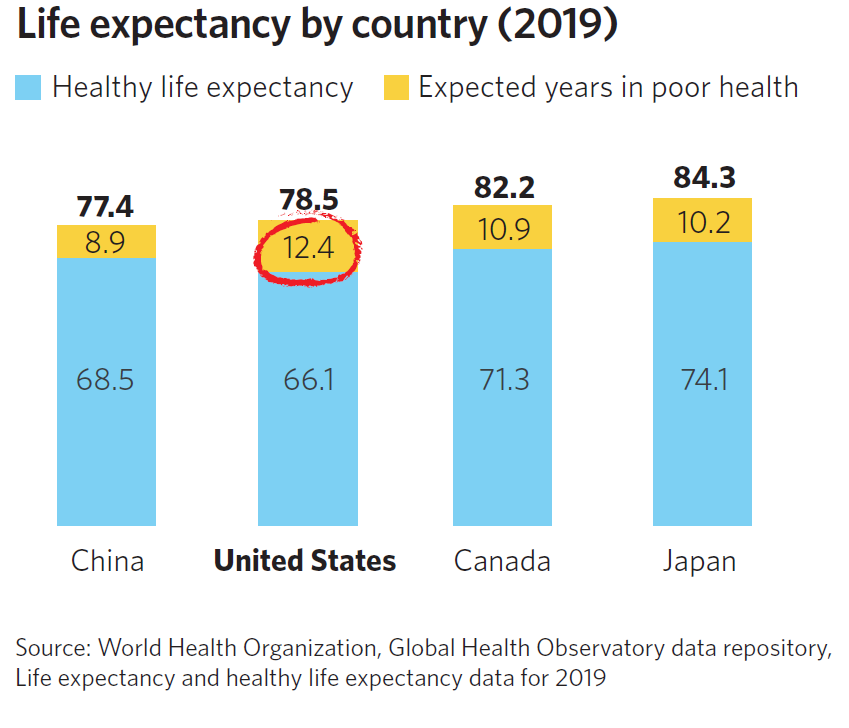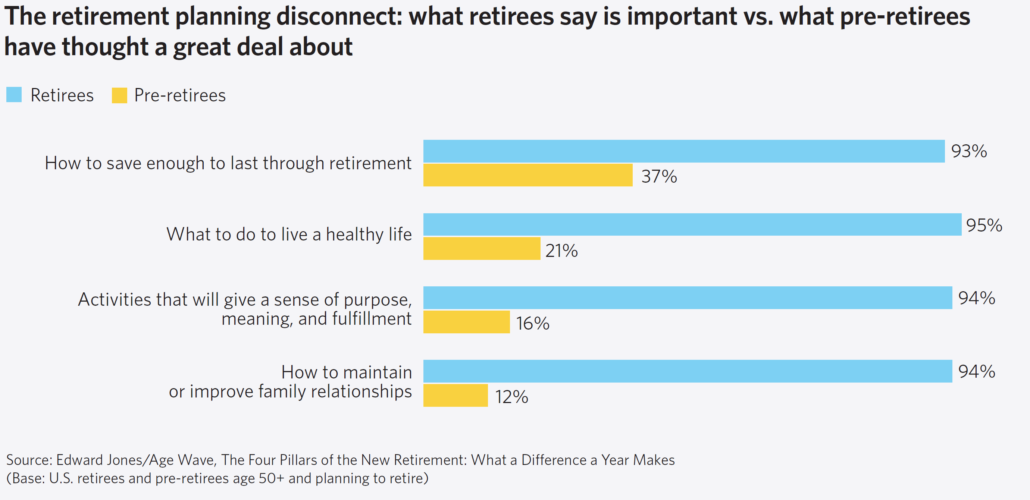Want To Max Out Your Longevity and Do It In Good Health? Good Luck – You’re On Your Own!

Image by Gerd Altmann from Pixabay
Let me whip this dead horse again.
Our healthcare system isn’t.
It’s a disease-care system. And there’s little chance it will ever do much more than dispense medical advice and fix the downstream problems without bothering to look upstream.
Or, as I’ve said before, it’s a system well trained in mopping up the water but untrained, and uninterested, in turning off the spigot.
If you learn how to turn off the spigot, then you don’t show up ’cause you don’t need fixing. The whole system falters and takes the pharmaceutical industry with it.
I hear what you’re thinking – TV without drug commercials? If only!!
But, I’m 55 and I want to make it to 100!!
Doable.
But, you’re on your own!
The knowledge is out there for those of advancing numbers to live better and longer. Just don’t go looking for it in our hallowed health/disease-care system.
Let me show you how bad it is.
I’m turning again to Dr. Ken Dychtwald of the Age Wave organization for help. Here’s what he revealed about our so-called medical excellence in the U.S.A. in a presentation last month. (See the full presentation here).
- 126 medical schools in the U.S. – only 16 with full departments of geriatric medicine.
- 85% of graduating physicians will have graduated without taking one course in geriatric medicine.
- In the U.S. – 55,509 pediatricians; 4,278 geriatricians.
- Lowest paid physicians: geriatricians. Highest paid: cosmetic surgery.
- Medicare: not user-friendly, incomprehensible.
- Federal spending per person per day:
- Defense: $5.75
- Medicare: $5.27
- Medical research: $0.29
Another qualified source, Dr. Robert Lustig, a retired pediatric endocrinologist and author of “Metabolical” points out that the average physician receives 7.9 hours of nutrition training across four years of medical school.
Has your primary care physician ever informed you that the number one cause of early death in the U.S. is – wait for it – DIET!! He/she knows it – but is not paid to tell it.
So, let’s call it what it is – a serious disconnect – and move on.
Move on to what?
To being the CEO of your health.
Sound daunting? Time-consuming? Not so much, relative to the value.
The idea of 35 trillion cells somehow working together to keep each of us vertical sounds pretty complex – and it is. Beyond comprehension actually.
But the care and feeding of that miracle aren’t all that complicated so being the CEO of your 24 x 7 x 365 immune system doesn’t require heroics.
But it does demand a mission, a discipline, and a process.
But, wait, isn’t that behind any success?
A Starter Kit
Here’s a starter kit to get you on your road to CEO.
Reading (in this order): (NOTE: these are paid links. If you buy the book through the link, I earn a small commission – about enough for half a cup of Starbucks lousy coffee).
- Basic: “Younger Next Year: Live Strong, Fit, and Sexy – Until You’re 80 and Beyond” by Crowley and Lodge
- Intermediate: “The Roadmap to 100: The Breakthrough Science of Living a Long and Healthy Life” by Dr. Walter Bortz
- Advanced: “Metabolical: The Lure and the Lies of Processed Food, Nutrition, and Modern Medicine“ by Dr. Robert Lustig (be prepared for a slog – this is heavy but worth it).
On-Line
- The Longevity Advantage (interviews with, and articles leading names in research on longevity – developed and managed by my friend Scott Fulton)
- AgeWave – Dr. Ken Dychtwalds’s site offers research, articles, and videos on aging and health and wellness.
I’m reminded of a statement by neuropsychologist Dr. Mario Martinez. In his book “The Mindbody Self: How Longevity is Culturally Learned and the Causes of Health Are Inherited” makes an important point when he says:
“We inherit millennia of wisdom on how to achieve optimal health. Rather than mechanical products of our genes, we are the coauthors of their expression. With few exceptions, illnesses are only genetic propensities, not inevitable disruptions waiting their time to unfold.”
In other words, we start life with a birthright of good health with those 35 trillion cells somehow kludged together into this amazing 24×7 immune system that works its butt off to keep us healthy. That’s our inheritance.
Through our culturally-influenced lifestyles, we choose to screw that up. Through our ignorance and inaction, we actually teach ourselves how to be sick.
Except, that is, for those who have donned the CEO hat.
Let your thoughts be known with a comment below. We value your input.













